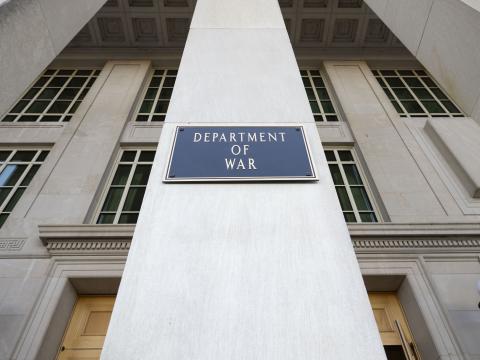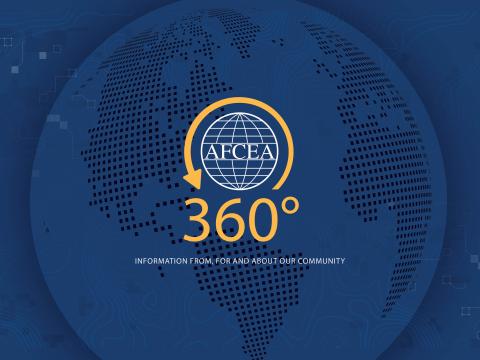Col. Jennifer L. Napper, USA
Which emerging technology will have the biggest impact on your organization in the future?
In the past few years, the U.S. Pacific Command (PACOM) has participated in several operations that required the sudden
Two challenges must be overcome to meet this flexible COI requirement. The first challenge is to provide
Virtualization could be instrumental in providing users access to multiple domains from a single machine and display. Virtualization is a technique that employs hardware or software to create a layer of abstraction between computing, storage and networking hardware and operating systems and applications running on them. This allows multiple applications and numerous instantiations of operating systems to reside and operate on a single piece of hardware. A benefit of virtualization is that it increases the utilization of hardware, making it possible to reduce the total number of systems.
Implemented in data centers, virtualization can condense the physical footprint of the hardware required to support the many coalition applications and security domains. At the desktop, virtualization can facilitate the display of windows from multiple security domains on a single screen. Combining the virtualized data center and desktop with robustness commensurate to the domain’s security requirements could produce a powerful tool. This tool could enable end users to collect and integrate information from multiple security domains to create decision-actionable information.
To harden internal domain operations, several multilevel information-sharing and -protection solutions exist that can help. Information sharing can be improved with common data models, data tagging, collaborative tools and interoperable technology. Protection of information in motion and at rest can be enhanced with encryption tools, community enclaves and virtual private networks.
Together, these sharing and protection solutions can help tighten network and information security. As users develop greater confidence and trust that both the network and data are protected from compromise, they may be more willing to migrate the information that is currently in different physical domains to fewer security domains.
Increasing the security within enclaves without employing virtualization results in numerous expensive and inflexible security domains. These numerous separate, static COIs create significant demand for cross-boundary services, which undermines the separation itself. Employing virtualization without increasing security within enclaves will likely lead to an integrated environment that is not robust enough to support a wide range of data sensitivities and threats. Thus, the approach to materializing this COI capability is not found exclusively in building and using either multiple security levels or multilevel security. The right approach is to implement both simultaneously.
In addition to supporting PACOM requirements, virtualization and multilevel information-sharing and -protection technologies also may have a significant impact on the U.S. Defense Department. They are strong candidate solutions for the Net-Enabled Command Capability, which is charged with enabling departmentwide decision superiority by integrating advanced collaborative information-sharing capabilities. These technologies can assist in addressing some of the gaps in robustness and information segregation that prevent the establishment of strong COIs identified in the Information Assurance Component of the Global Information Grid Integrated Architecture.
PACOM has successfully defended the




Comments